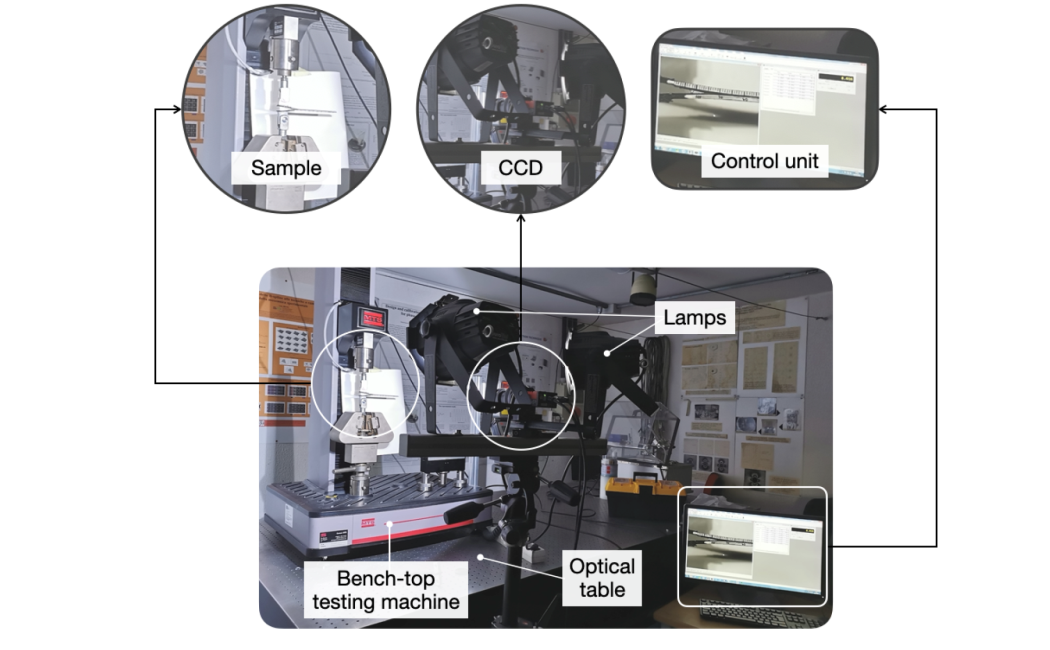Chiara Morano, Ran Tao, Marco Alfano *, Gilles Lubineau
Effect of mechanical pre-treatments on damage mechanisms and fracture
Accepted by Materials, 2021
Abstract:
Adhesive bonding of carbon fiber reinforced polymers (CFRPs) is a key enabling technology for the assembly of lightweight structures. A surface pre-treatment is necessary to remove contaminants related to material manufacturing and ensure bond reliability. The present experimental
study focuses on the effect of mechanical abrasion on the damage mechanisms and fracture toughness of CFRP/epoxy joints. The CFRP plates employed in the current study were provided with a thin layer of surface epoxy matrix and featured enhanced sensitivity to surface preparation. Various
degrees of morphological modification and fairly controllable carbon fibres exposure were obtained using sanding with emery paper and grit-blasting with glass particles. In the sanding process, different grit sizes of SiC paper were used, while the grit blasting treatment was carried by varying
the sample-to-gun distance and the number of passes. Detailed surveys of surface topography and wettability were carried out using various methods, including scanning electron microscopy (SEM), contact profilometry, and wettability measurements. Mechanical tests were performed using double
cantilever beam (DCB) adhesive joints. Two surface conditions were selected for the experiments: sanded interfaces mostly made of polymer matrix and grit-blasted interfaces featuring a significant degree of exposed carbon fibers. Despite the different topographies, the selected surfaces displayed
similar wettability. Besides, the adhesive joints with sanded interfaces had a smooth fracture response (steady-state crack growth). In contrast, the exposed fibers at grit-blasted interfaces enabled large-scale bridging and a significant R-curve behaviour. While it is often predicated that quality
composite joints require surfaces with a high percentage of the polymer matrix, our mechanical tests show that the exposure of carbon fibers can facilitate a remarkable toughening effect. These results open up additional interesting prospects for future works concerning toughening of composite joints in automotive and aerospace applications.
Keywords:
CFRP; adhesive bonding; fracture toughness; R-curve


